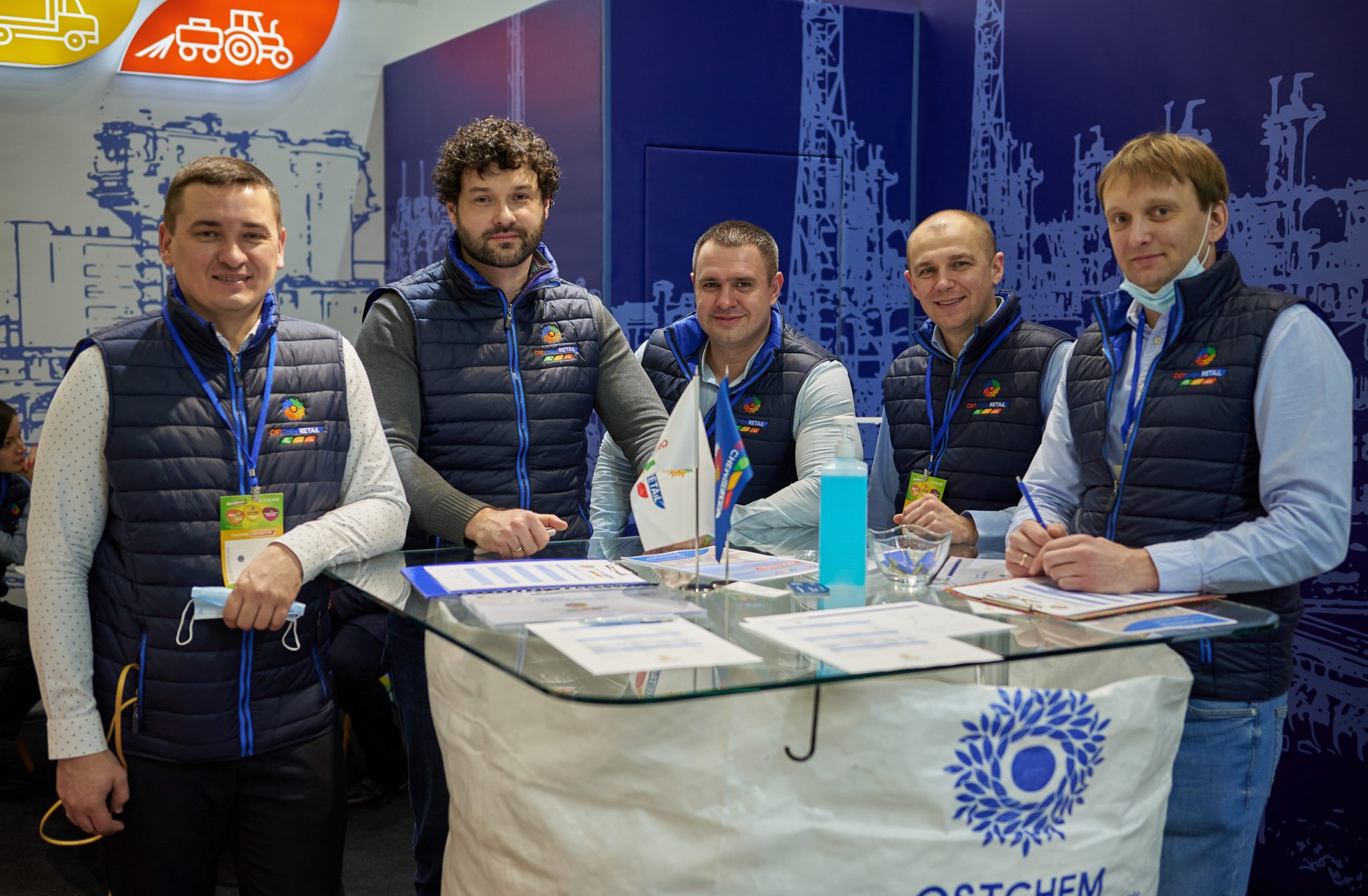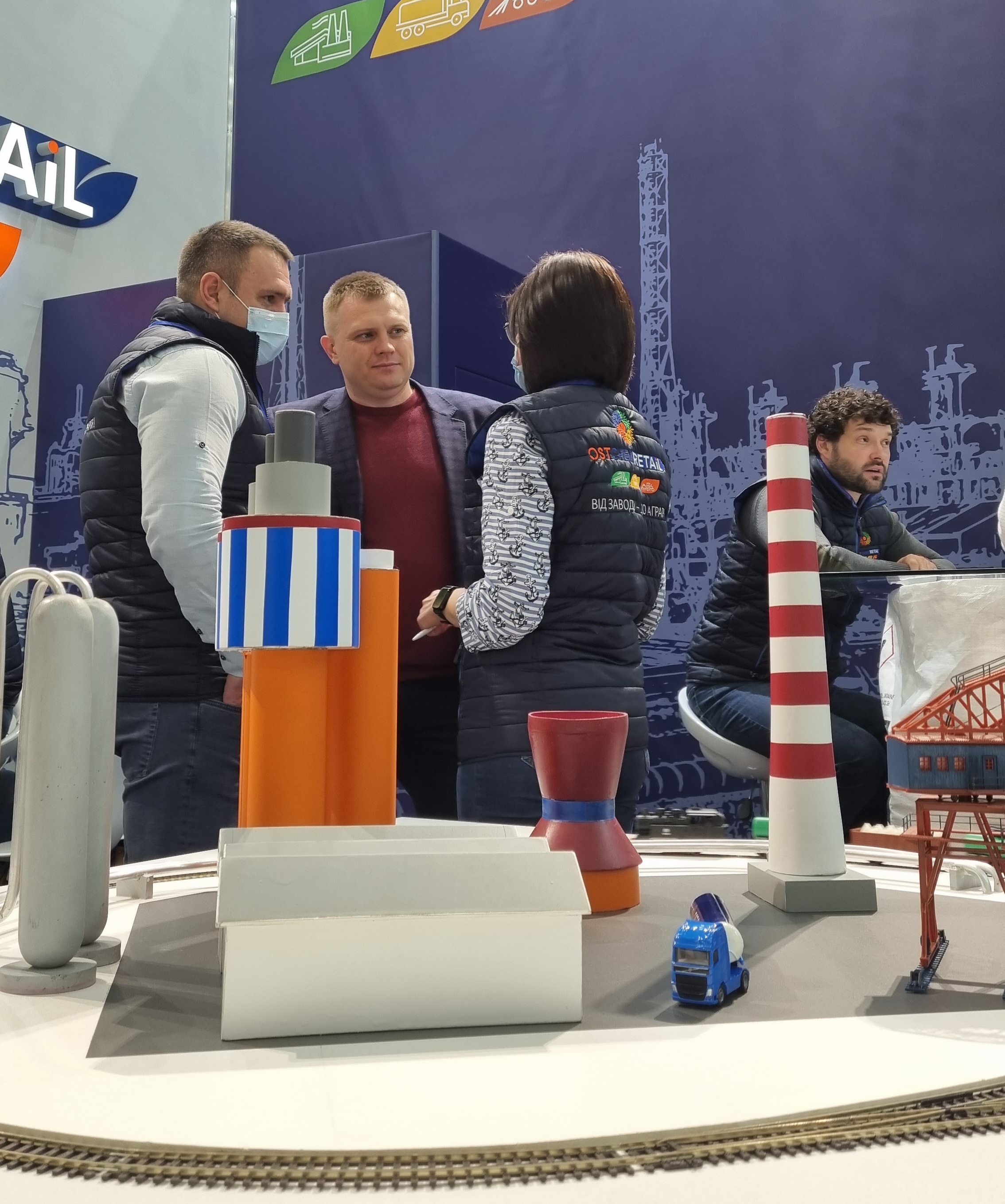
|
Group DF - international group of the companies, major investments are concentrated in the nitrogen, titanium and gas businesses. |
|
22 February 2022 EVGENII KHURILENKO: UP TO 15% OF PURCHASES OF MINERAL FERTILIZERS WILL BE TRANSACTED THROUGH THE GRAIN EXCHANGE PROGRAMPrices for natural gas and mineral fertilizers are set for new records. It is already becoming clear that the safety net that agricultural producers have gained due to the rapid rise in the prices for agricultural inputs will not last long enough, and the profitability of the agricultural business will fall. Farmers need to know how to use every kilogram of fertilizers to the optimum, while the suppliers are looking on a daily basis for new ways to mitigate the price shocks.  This year, gas prices have skyrocketed. What impact did it have on the market for nitrogen fertilizers? As you know, prices for fertilizers have risen. This is not a big secret. Have they grown in proportion with producers' costs? Obviously, they did not. At a gas price of UAH 2,000 per 1,000 m3, fertilizers cost UAH 6,000–6,500/t. This winter, gas prices sometimes went through the mark of UAH 30,000–40,000 per 1,000 m3, but the prices for fertilizers did not rise 20 times! Fertilizer producers took on the most part of shock in prices for raw materials. Indeed, we did not work as planned, but as the market allowed us to. How did the customers react to the increase in prices? Did they reduce the purchases of nitrogen fertilizers? The reaction was varied: some farmers cut back on the purchases or switched to other types of fertilizers, while others did not change their behavior at all. One should not forget about the second component of the common agricultural market, i.e. the sales of agricultural products. This marketing year has been very successful for farmers thanks to high prices on grains; consequently, their profit margins in some cases have skyrocketed. Rather, the general behavioral patterns of our clients have changed. Over the last years, farmers have learned how to diversify their risks and extend in time the placement of orders for fertilizers and other means of production. At the moment, there is practically no “high season” at the end of winter, when everyone was contracting, for example, urea. We closed the vast majority of the orders during the last summer and autumn, and farmers purchased fertilizers at affordable prices. The forward-looking agricultural producers purchased nitrogen fertilizers at prices 2.5 times lower than present ones.  How did OSTCHEM RETAiL perform given this shift in buyers’ attitudes? In order to make any conclusions about the performance during the season, we should wait until the end of the purchasing lead time for fertilizers for the sowing period and post-sowing plant care period. In terms of the performance during the calendar year, the sales grew at least 30% year-on-year. This was the result of not only the changes in terms of the buyers’ attitudes, but also the special programs and financial products that OSTCHEM offered to the clients. What specific financial instruments are you talking about? We offered the majority of the programs and instruments to the market during the year before last. These are the joint programs and instruments that we offer in cooperation with financial institutions intended to reduce the cost of credit (reduction of the credit interest rate). At that time, these programs and instruments were new on the market, whereas this marketing year, many agricultural producers use them for the second time in a row. Aside from this, OSTCHEM RETAiL, indeed, is a participant in the state programs designed to reduce the cost of credit for agricultural producers, e.g. when the state compensates interest on credit. What's new is that we have taken on to compensate the commission for credit origination. That is, when buying fertilizers on credit under this program, a farmer pays “absolute zero” on interest and commissions. In addition, we took into account that not all farmers meet the criteria for the state compensation programs. We offer this group of farmers a partial compensation of interests, i.e. instead of the standard 13-14% per year on credit, a farmer pays effectively 7-8% per annum. This is a considerable difference.  What other special loyalty programs does your company offer to the clients? Last year, we launched the grain exchange program. In fact, this is a very simple and convenient trade-in scheme, i.e. we purchase the grain from the farmer under the obligation to supply this farmer with a certain amount of fertilizers at an appropriate time. At a later stage, this grain is shipped for export through our Nika-Tera specialized seaport. Despite the fact that this program is new, its popularity among farmers turned out to be very high, i.e. about 15% of all our contracts last year we managed to carry out under this grain exchange program. In addition, OSTCHEM RETAiL offered farmers a seasonal program that takes into account the possible changes in the client's needs depending on the weather conditions of the season. A farmer can place the order and contract one type of fertilizers and then replace it with another, as required. This is also very relevant, since in autumn or winter, agricultural enterprises may not know which fertilizers are best for them in March or April. Let's fantasize and imagine that there exist no loyalty programs. What difference in the price for fertilizers will the customer get? It is very difficult to judge; after all, they work. Rather, one can say that, for some personal reasons, the client would not use these instruments. In addition, the prices will, indeed, differ during each particular period; though they will not differ by thousands of hryvnias. But I would like to emphasize once again that the clients who took advantage of our programs last summer and autumn purchased nitrogen fertilizers by 2.5 times (!) cheaper than the current prices. Aside from this, thanks to a flexible marketing policy, the company managed to stretch in time the demand for nitrogen fertilizers; the government compensation programs, our programs and instruments encourage farmers to purchase fertilizers in advance at a good time. The traditional growth in demand for fertilizers at the end of winter/beginning of spring is gradually disappearing on the market.  By the way, about the demand. What migration of demand for nitrogen fertilizers do you observe? Humidity, which was last year, was a positive surprise for the eastern, southern and part of central Ukraine. This partially shifted the focus to loose fertilizers, such as ammonium nitrate or urea. However, in general, demand is slowly though steadily shifting towards the use of liquid nitrogen fertilizers, e.g.UAN. This does not imply that we sell less loose fertilizers; the market growth is taking place primarily at the expense of the increase of the share of liquid fertilizers. That is, in your opinion, the market will grow, despite the rise in the prices for gas and, accordingly, fertilizers? Ukraine is harvesting more and more crops, yields are growing, which is impossible without fertilizers, and the farmers will continue to use them extensively. We operate in a healthy and competitive environment. After all, if we produce nitrogen fertilizers from natural gas, this does not imply that someone can make them from the air. All manufacturers in the world are operating in approximately the same conditions. However, we have a number of competitive advantages in the form of our loyalty programs and state programs intended to compensate interest on credit, and they will not give compensations for imported fertilizers. Advantages include the deep understanding of the needs of Ukrainian agricultural producers and the terms of delivery of fertilizers to the farmers. This places domestic manufacturers in a more privileged position compared to foreign suppliers. Therefore, the market will develop due to Ukrainian fertilizers. |